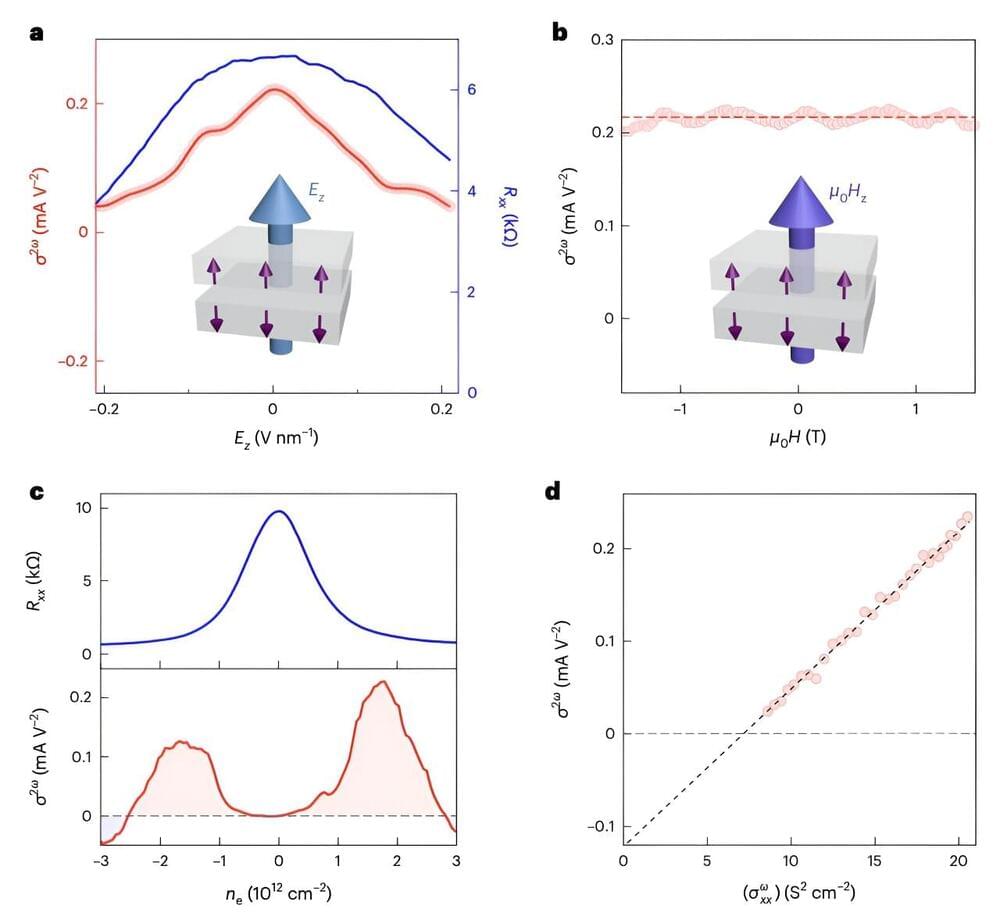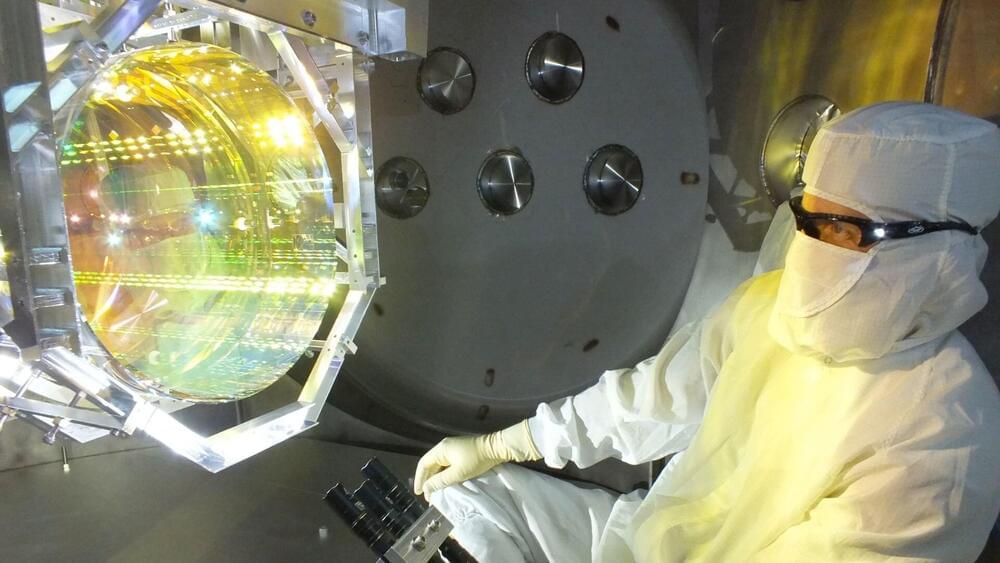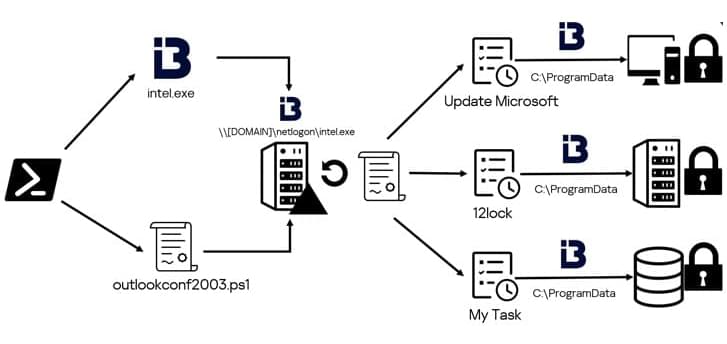Patreon: https://www.patreon.com/seanmcarrollBlog post with audio player, show notes, and transcript: https://www.preposterousuniverse.com/podcast/2024/09/23…
Get the latest international news and world events from around the world.
Tech CEOs meet with Indian PM Modi: Here’s what to know
CNBC’s Steve Kovach joins ‘Squawk Box’ with the latest news.

University of Florida Professor to Fly Blue Origin New Shepard on Mission for NASA
University of Florida horticulture science professor Rob Ferl is going where some men have gone before, including William Shatner and Jeff Bezos, but he’s bringing along some experimental plant life for NASA.
Ferl, a researcher within UF’s Institute of Food and Agricultural Sciences, is also the director of UF’s new Astraeus Space Institute. He is joining five other people on the launch of Blue Origin’s suborbital New Shepard rocket today for what will be its eighth human spaceflight. Dubbed NS-26, the capsule is set for liftoff as early as 9:00 a.m. EDT from Blue Origin’s West Texas launch facility.
Along for the ride will be a species of plant called Arabidopsis thaliana. Ferl will be looking at how its genes adapt on the way to space.
Electric Aviation With Unlimited Range Is Getting Cheaper & Smaller
For the most part, we treat electric aviation like it’s something that we’ll see in the future. I mean, batteries are expensive and heavy, and they don’t hold that much energy per unit of weight. So, compared to, say, kerosene (jet fuel), batteries take up a lot more space and weight capacity in a plane design. This means either really poor range or carrying around nothing but batteries (which isn’t very useful).
But that’s only true for the largest of planes. The smaller the plane, the easier it has been for companies to electrify or even go full electric with it it. Once you get down to unmanned planes and helicopters that carry something like a small sensor payload (cameras, etc.), you’re in a realm where all-electric aviation has been around for over a decade.
Though, small unmanned systems like quadcopters tend to only fly for 30–45 minutes at most, while small fixed-wing remote piloted airplanes tend to fly for maybe 1–2 hours. What if you want to fly for a number of hours or even days to cover more ground? It turns out that there are some answers, and the usually involve solar.
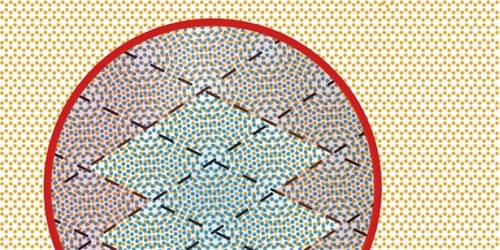
Analyzing Friction in Layered Materials
Experiments reveal the factors that determine the friction between the single-atom-thick layers in van der Waals materials, which may have uses in lubrication technology.
Van der Waals (vdW) materials consist of stacked, single-atom-thick layers, and these layers can experience very low friction as they slide over one another, a property that might be exploited for lubrication. A research team has now distinguished several contributions to this low friction and has shown that effects at the edges of the sliding regions dominate [1]. Some of their experiments involved sliding a several-layer-thick flake across a surface made of a similar material containing a crack, which allowed the team to systematically control the edge length. The findings could guide efforts to engineer controllable frictional forces into such materials in micromechanical devices.
The very low friction, called superlubricity, exhibited by vdW materials has been previously shown to depend on the relative orientations of the layers. If one layer is rotated by some angle, called the twist angle, with respect to the layer below, the two layers form a “superlattice” in which the two atomic lattices fall periodically in and out of registry, like a pair of overlaid combs with slightly different spacings. This arrangement is called a Moiré pattern, and the repeating elements, or unit cells, of the superlattice are called Moiré tiles. Superlubricity arises because, in general, the contributions to the frictional force from the atoms within one Moiré tile cancel each other out: Some exert a push, while others exert a pull.
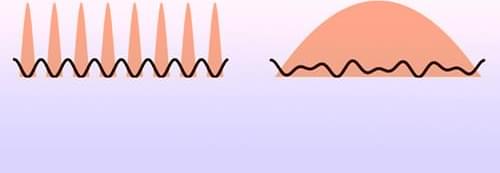
Disorder Induces Delocalization
A Bose-Einstein condensate of cold atoms occupying a periodic lattice can flow like a superfluid. But if the atoms’ mutual repulsion is strengthened and the lattice potential deepened, the atoms can become immobilized in a state known as a Mott insulator. Now Hepeng Yao of the University of Geneva and his collaborators have examined the Mott transition of cold atoms trapped in a lattice that is quasiperiodic rather than periodic [1]. Given that quasiperiodicity and other kinds of disorder tend to trap particles, the researchers were surprised to discover that their quasiperiodic lattice sustained the superfluid state rather than weakening it.
Yao and his collaborators trapped potassium-39 atoms in a one-dimensional optical lattice formed by the standing waves of two lasers. If the ratio of the lasers’ wavelengths was a rational number, the lattice was periodic. Otherwise, the lattice was quasiperiodic. By adjusting various experimental parameters, they could control the depth of the confining potentials, the strength of the interatomic repulsion, and whether the lattice sites were fully occupied. To determine whether a given set of parameters yielded a static, insulating state or a mobile, superfluid one, they turned off the trap and observed how the atoms flew apart.
The team found that the Mott transitions for the periodic and quasiperiodic lattices were both characterized by a critical value of the interparticle repulsion, but the critical value in the quasiperiodic case was higher. Quantum Monte Carlo simulations pointed to the reason. The commensurability between the lattice period and the particle number is a key factor in pinning particles in a Mott insulator. However, the quasiperiodic lattice blurs this commensurate period, thereby destabilizing the Mott phase to the profit of the superfluid one.
